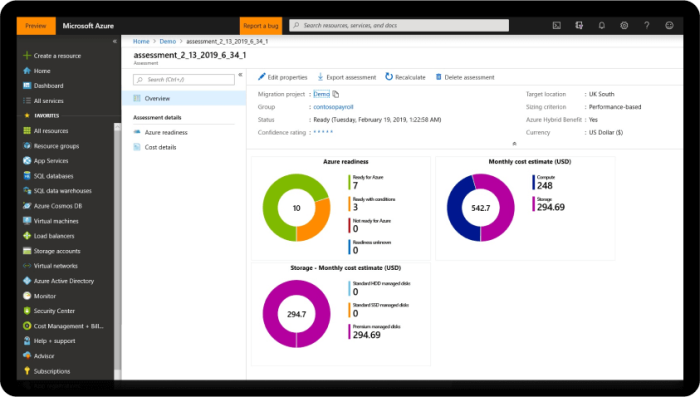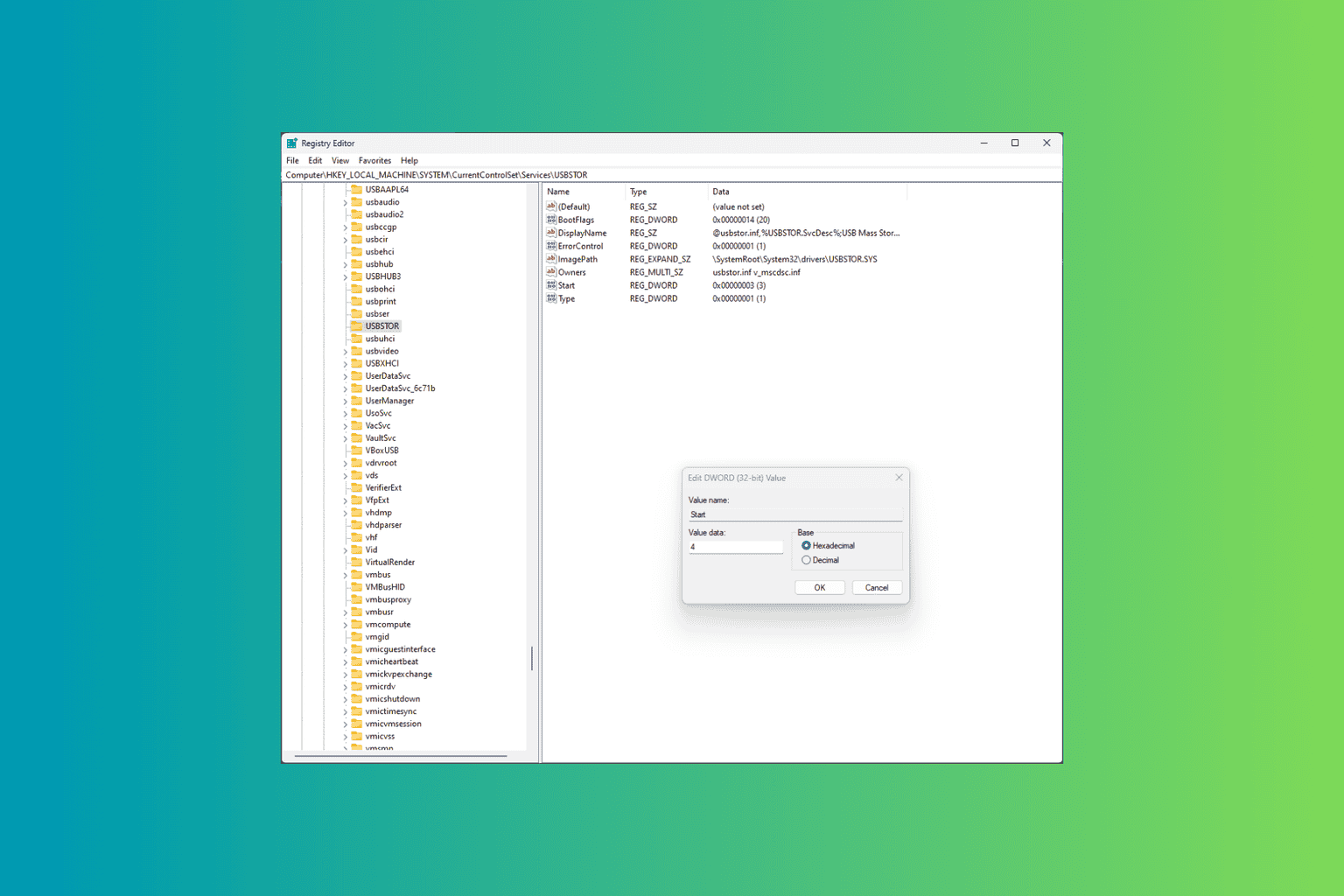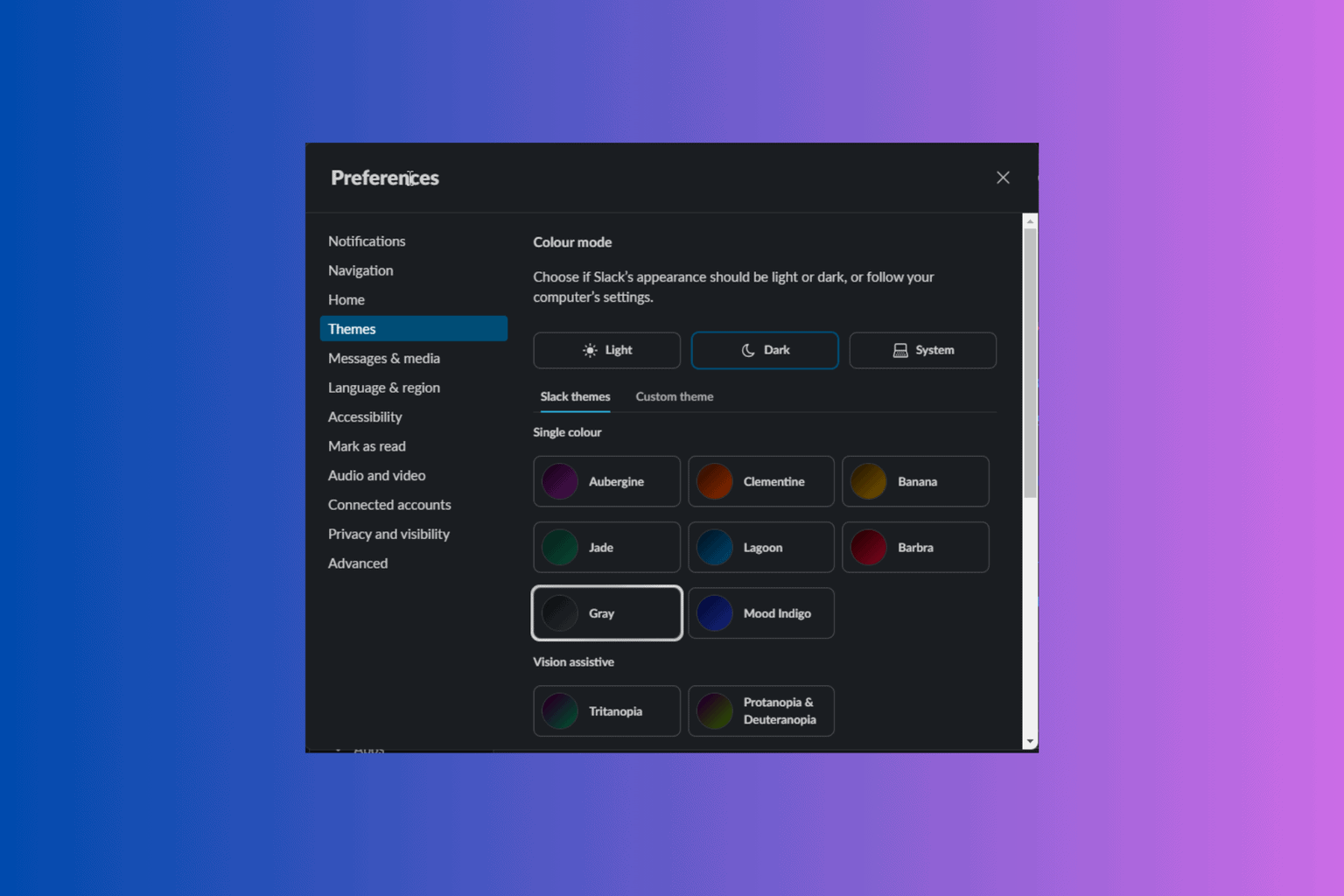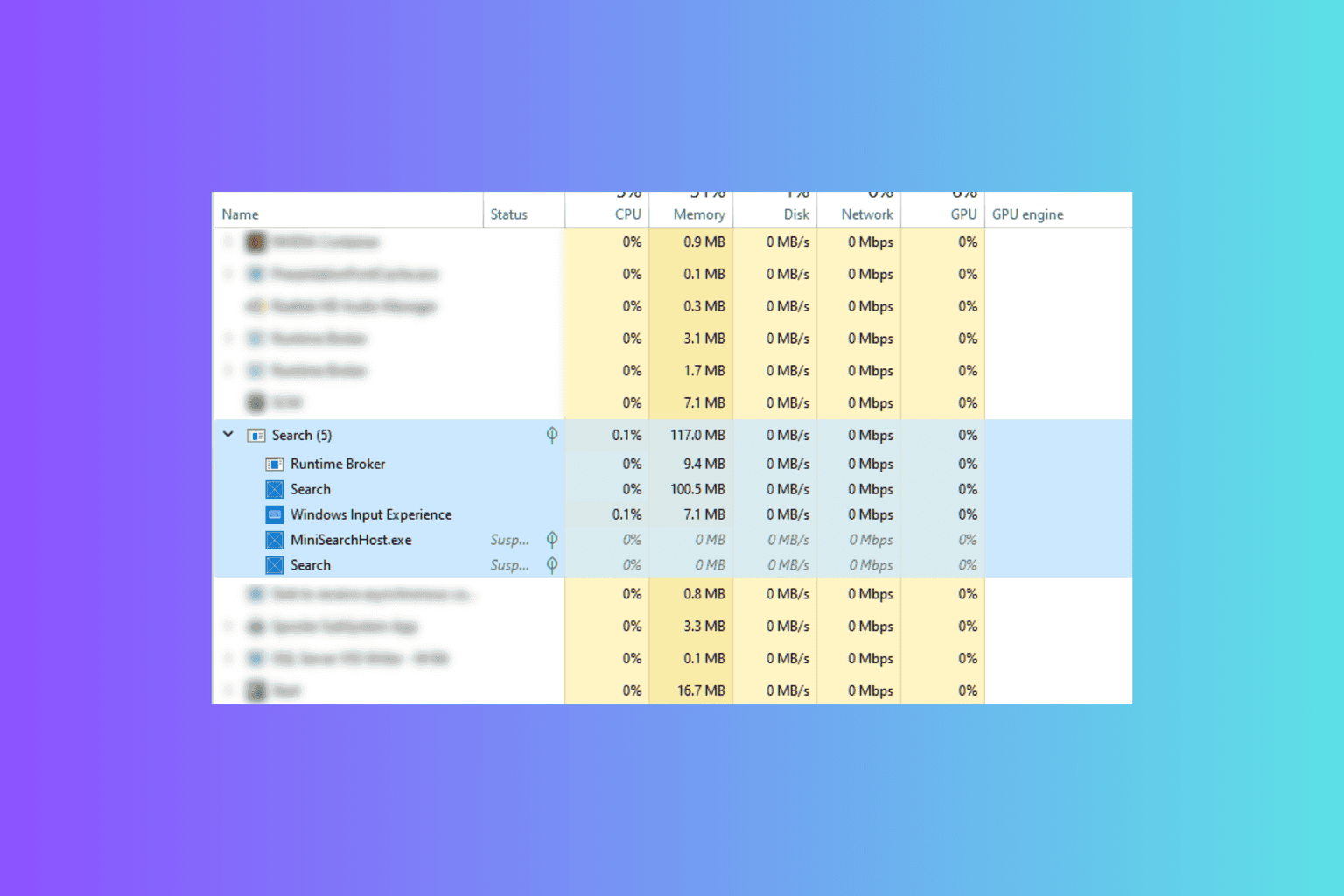Microsoft releases new Windows Virtual Desktop capabilities in public preview
3 min. read
Published on
Read our disclosure page to find out how can you help Windows Report sustain the editorial team Read more

In response to more workers working from home, Microsoft announced several significant updates to its Windows Virtual Desktop. These new updates are designed to give users improved management and deploy tools, security and compliance enhancements, and an upgraded Microsoft Teams experience.
Originally released last year and unlike traditional laptops and desktops, Windows Virtual Desktop uses Azure to allow companies to quickly provision and scale up virtual desktops and applications anywhere to support their distributed and remote workers.
“Traditional remote access services are no longer sufficient for our workforce, with high user demand and availability requirements. Fortunately, we implemented Windows Virtual Desktop, and it has proven to be invaluable at a time when local infrastructure, VPNs, and other technology services have their reliability questioned and may be at higher risk of being unavailable—a risk we cannot afford.” Bill Wyatt, CIO of Georgia Office of the State Treasurer
Improved management and deployment options
Windows Virtual Desktop has a new administration experience that has been added to the Azure Portal. Users can now perform most activities through a simple interface including deploying and managing virtual desktops, assigning users and roles, and other maintenance-related tasks.

New Microsoft Teams Experience
With Microsoft Teams becoming the primary way for workers to collaborate, Windows Virtual Desktop will release an improved experience next month with new a process called audio/video redirection (AV Redirect) that is designed to improve remote meetings and collaboration experiences by reducing the latency of any data-heavy Microsoft Teams conversations.
Security
Today’s update now gives companies improved security and compliance features including the ability to distribute data across Azure regions for regulatory and compliance needs of data residency. In addition, Microsoft announced the following security improvements.
- Ability to add groups of users to Windows Virtual Desktop using Azure Active Directory (Azure AD) groups.
- Support for static or dynamic conditional access policies.
- Support for mandating multi-factor authentication (MFA).
- Windows Virtual Desktop integration with Azure role-based access control (RBAC) and analytics for greater administrative control over user permissions.
- Ability to choose the geography you want to store your service metadata for the best possible regulatory compliance and performance.
Public Preview
The new features are now available in public preview starting today except for the new Microsoft Teams AV Redirect, and anyone can learn more about Windows Virtual Desktop by visiting aka.ms/wvd.







